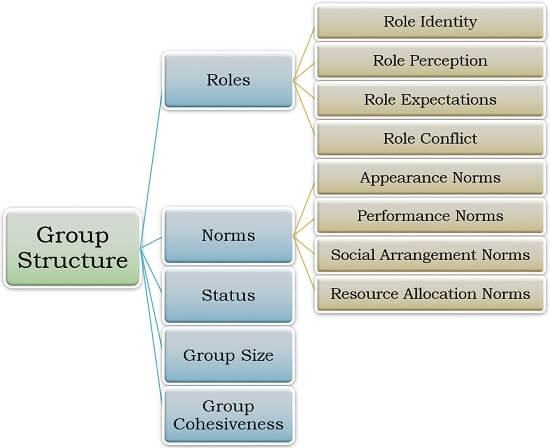

“Sliding window” pace-Keeping (LXW) td-DMRG algorithm Instead of retaining ALL time-dependent wave packets, retain ONLY ‘p’ of them (sliding time window) (each “sliding time window” has length 𝜟t = p𝜟τ) Computational time reduces compared to parent LXW scheme T. 19įull Hilbert-space 𝝍(0) 𝝍(0) DMRG-space for 𝝍(0) 𝝍(tp) 𝝍(tp) DMRG-space for 𝝍(tp) 𝝍(T) 𝝍(T) DMRG-space for 𝝍(T) DMRG space of 𝝍(0) (initial wave packet) adapted to follow the time evolving wave packet |𝝍(t)> td-DMRG method: Fundamental quantity in td-DMRG: weighted average reduced density matrix Time dependent quantities evaluated as =. Multistep Differencing (MSD)Techniques MSD4: Fast - involves only one sparse matrix multiplication for time propagation. can be converted to a vector b, with (t + t) being expressed as an unknown x, the above equation can be converted to a set of linear inhomogeneous algebraic equations Ax = b
Expressing (t) in an appropriate basis (eg.Slater Determinants), r.h.s.  Time evolution of (t) by t is given by (t + t) = (t). Discretized unitary form of time evolution is U (t, t+t) t 2ħ t 2ħ t 2ħ t 2ħ iH iH. U=2V (SDW/CDW crossover point) Hubbard chains have larger av. shows similar dependence on L as the Hubbard model, independent of d. Gav.vs Chain Length and d in U-V Model For U > 2V, (SDW regime)av. (a) (b) THG coefficient in Hubbard models as a function of chain length, L and dimerization : Superlinear behavior diminishes both with increase in U/t and increase in . in 10-24 esu and in 10-36 esu in all cases To test the technique, we compare the rotationally averaged linear polarizability and THG coefficient Computed at = 0.1t model exact valuesfor a Hubbard chain of 12 sites at U/t=4 compared with DMRG computation with m=200 The dominant xx) is 14.83 (exact) and 14.81 (DMRG) and xxxx) 2873 (exact) and 2872 (DMRG). In Chemistry – Long range interacting models like Pariser-Parr-Pople (PPP) Model or restricted Configuration Interaction (CI) matrices like single CI, singles and doubles CI etc. The two are related but, more accurate to compute them separately Unperturbed Hamiltonian is an Interacting Hamiltonian In Physics – Hubbard Hamiltonian, Heisenberg Spin Hamiltonians and their many variants. Krishnamurthy Institute for Mathematical Sciences Chennai, March 19-21 2012.ĭynamic response to external perturbations Response can be viewed as - a function of frequency or - a function of time. Soos Swapan Pati Zhigang Shuai Tirthankar Dutta H.R. Ramasesha Solid State and Structural Chemistry Unit Indian Institute of Science Bangalore 560 012 Collaborators Zoltan G.
Time evolution of (t) by t is given by (t + t) = (t). Discretized unitary form of time evolution is U (t, t+t) t 2ħ t 2ħ t 2ħ t 2ħ iH iH. U=2V (SDW/CDW crossover point) Hubbard chains have larger av. shows similar dependence on L as the Hubbard model, independent of d. Gav.vs Chain Length and d in U-V Model For U > 2V, (SDW regime)av. (a) (b) THG coefficient in Hubbard models as a function of chain length, L and dimerization : Superlinear behavior diminishes both with increase in U/t and increase in . in 10-24 esu and in 10-36 esu in all cases To test the technique, we compare the rotationally averaged linear polarizability and THG coefficient Computed at = 0.1t model exact valuesfor a Hubbard chain of 12 sites at U/t=4 compared with DMRG computation with m=200 The dominant xx) is 14.83 (exact) and 14.81 (DMRG) and xxxx) 2873 (exact) and 2872 (DMRG). In Chemistry – Long range interacting models like Pariser-Parr-Pople (PPP) Model or restricted Configuration Interaction (CI) matrices like single CI, singles and doubles CI etc. The two are related but, more accurate to compute them separately Unperturbed Hamiltonian is an Interacting Hamiltonian In Physics – Hubbard Hamiltonian, Heisenberg Spin Hamiltonians and their many variants. Krishnamurthy Institute for Mathematical Sciences Chennai, March 19-21 2012.ĭynamic response to external perturbations Response can be viewed as - a function of frequency or - a function of time. Soos Swapan Pati Zhigang Shuai Tirthankar Dutta H.R. Ramasesha Solid State and Structural Chemistry Unit Indian Institute of Science Bangalore 560 012 Collaborators Zoltan G.






 0 kommentar(er)
0 kommentar(er)
